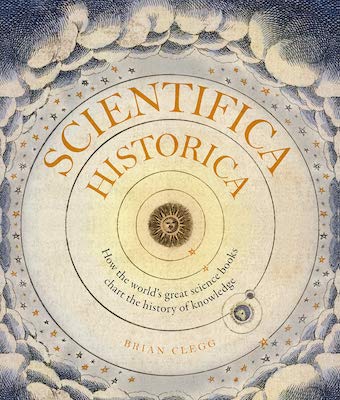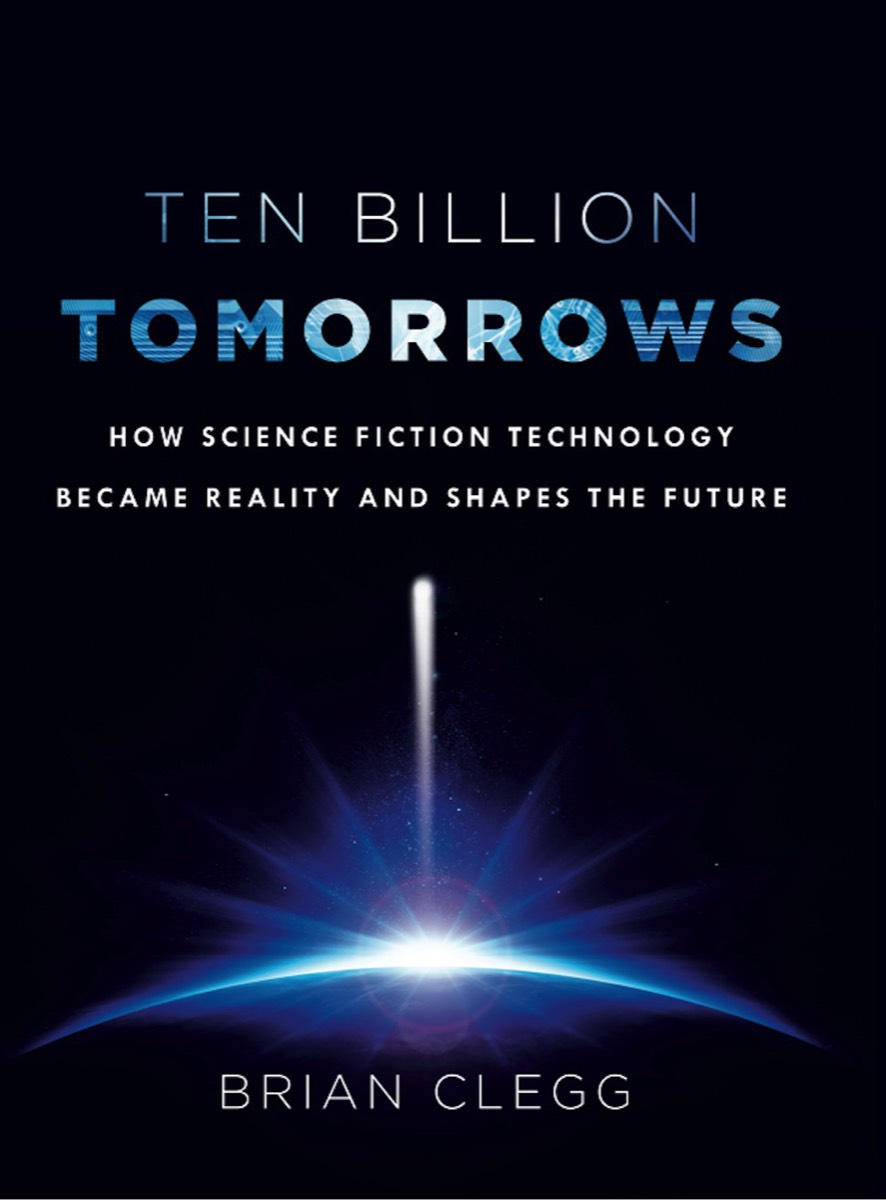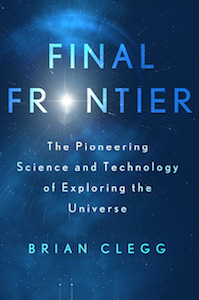
How It All Works
I really wish I'd had this book when I was studying at school...
Brian Clegg
In a beautiful and unique combination of art and science, this stunningly detailed book examines how the rules of science govern the the world around us, from the rooms in our houses to the planet, the solar system and the universe itself.
The Universe is inconceivably complex. Its component parts though follow a set of unbreakable laws that have somehow been coded into their very fabric since the beginning of time. These laws play out in different ways at different scales, giving rise to the familiar phenomena of everyday life – as well as the unfamiliar abstract goings-on outside our experience and awareness. Understanding these laws may seem a daunting task, until now.
How it All Works illustrates simply how the most interesting and complex named scientific laws and phenomena affect everyone’s daily lives. Using hyper-detailed scene illustrations from the incredible award-winning artist Adam Dant, we start small, with the illustrated science inside your kitchen, before expanding outwards to encompass your garden, street, city, continent, planet, solar system, galaxy and eventually the whole universe.
With tiny details pulled out from visually stunning and intricate scene, learn how:
- Kirchhoff’s Law affects how you charge your phone,
- Newton’s Law of Cooling helps you make your coffee just the right temperature to drink,
- How the rules of antimatter are used in hospitals for medical imaging,
- How Cassie's law keeps ducks dry,
- How glaciation shapes the landscapes around us,
- How thermohaline circulation dictates our weather, and
- How quantum tunnelling influences the nuclear fusion in our sun, and Wien’s Law determines its colour.
This book will astound and inform in equal measure, with each principle drawn into the scene and explained with clarity by leading science writer Brian Clegg.

If you’d like a signed copy - it makes a great gift - purchase direct below when available. If you want a personalised inscription, just drop Brian an email at the same time with the details.
Hardback
Kindle
Using these links earns us commission at no cost to you
Reviews
There’s a mind-blowing amount of information broken into bite size portions packed between the covers of this chunky book, revealing to readers the ways in which complex science laws and phenomena affect our daily lives. Science in action it surely is… I really wish I’d had this book when I was studying science at school for it makes complicated principles/ laws easy to understand, something that spending hours every week in a physics or chemistry lab, failed to do: nobody even tried bringing in a bicycle pump and relating it to Boyle’s Law for instance… The potential audience for this unusual book is wide – from KS2 through to adult and it’s most definitely one to add to a family collection as well as those of primary and secondary schools. Jill R Bennett, Red Reading Hub
Mr. Dant, an artist, and Mr. Clegg, a science writer, collaborate closely to identify all—well, most—of the key scientific laws that govern the world around us, using an array of drawings rather like a nonfiction graphic novel, combined with quick, quirky commentaries that go from daily life in one’s house to the garden, street, city, continent, planet, solar system, galaxy and then the whole universe. Situations are elaborated to illustrate both “phenomena” and “laws,” the former being “something that happens or exists in the universe,” anything from an object—a person or a galaxy—to a simple description of “the way that a fluid flows from place to place, or life itself.” Scientific laws, the other key component of how it all works, are presented as “a way of describing structures that link the different phenomena.” Accordingly, we get well-known laws, such as the Second Law of Thermodynamics (why things get messy), and others that are more obscure but still important (e.g., the Lorentz force law, which covers how electrical currents create magnetic effects, and thus run motors), as well as the scientific principles behind everyday phenomena from a belch to a toppling pile of dishes. The book’s insights are wide-ranging; the tone is light, as in the authors’ illustration of Henry’s law, which states that “the amount of gas dissolved in a liquid is proportional to the partial pressure of the gas above the liquid. Watch out for the champagne cork!” Education and entertainment in one suitably fizzy serving—bottoms up! Wall Street Journal
This week Harry and I have been reviewing a fascinating book by Adam Dant and Brian Clegg. Harry is 12 and is used to reading non-fiction books aimed at adults, and as I expected he loved this book. He enjoys books that he can browse through as and when, and this one fits the bill perfectly. You can either start at the beginning and work your way through it, or you can flick through until something catches your eye that you want to know more about. Although the principles covered are undoubtedly complicated, the descriptions are simple and easy to understand. If there's something that particularly catches your eye then you can easily do some further research to find out more about the topic. I'd definitely recommend this book for adults and teenagers alike, and even younger children would enjoy looking through the illustrations and hunting for the details that are hidden in the larger picture. Jennifer’s Little World
“The Universe is inconceivably complex. Its component parts though follow a set of scientific laws which are statements, based on repeated experiments or observations that describe or predict a range of natural phenomena. These laws can be observed in different ways at different scales, giving rise to the familiar phenomena of everyday life. How it All Works illustrates simply how the most interesting and complex named scientific laws and phenomena affect everyone’s daily lives. These are superbly illustrated by Adam Dant. The book starts small, with the illustrated science inside our kitchens and then expands outwards to encompass our houses, gardens, streets, cities, countryside and coast, continents, planet, solar system, galaxy and eventually the whole universe. The illustrations and brief descriptions of each law and phenomenon illustrate that everything we do or experience or witness involves scientific laws and phenomena. From Faraday’s Law of induction which describes how we heat a pan on the hob, to Maxwell’s colour triangle which shows how red, green and blue produce all possible colours, the Cocktail Party Syndrome which enables our brain to pick out a conversation in a crowded room, through to the bigger picture laws such as Newton’s Law of Gravity, the Greenhouse Effect and the Big Bang theory. Hundreds of scientific laws and phenomena are illustrated in highly imaginative art form. The book also includes a section on thirteen key figures of science and a comprehensive index of laws and phenomena to stimulate further research. Sixty Plus Surfers
Wonderfully astonishing and enlightening. A six star book!. YB, Amaz
Links to purchase books earn us commission at no cost to you










































